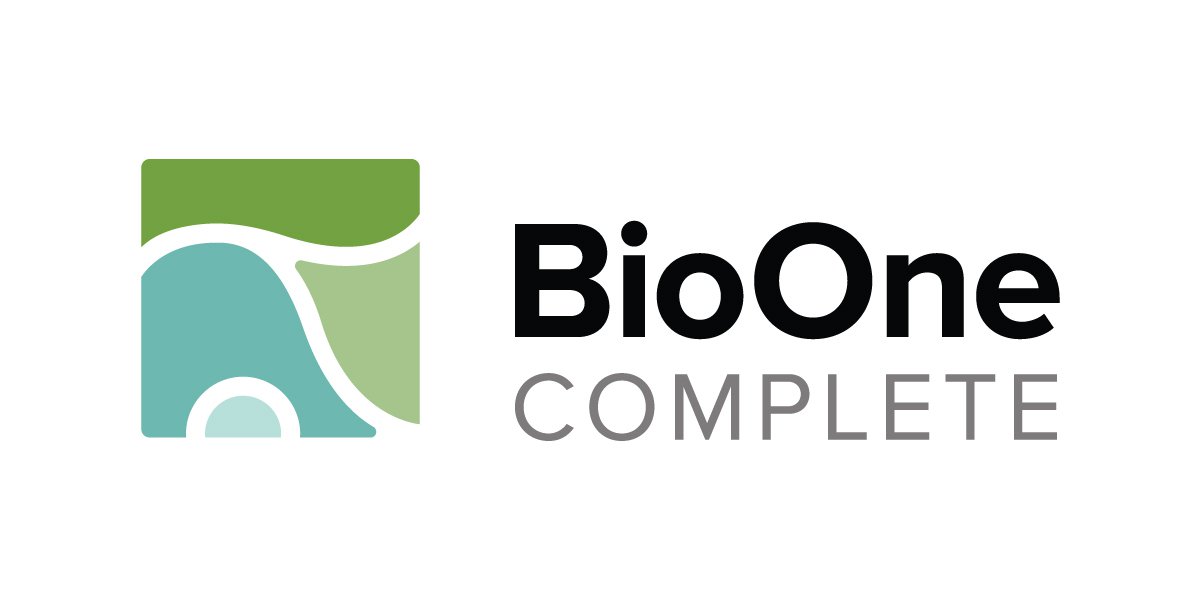Fred Ruhe
Well-known member

Storrs was born on April 3, 1944, in Chicago, Illinois, being named for his maternal grandfather, P. S. Lovejoy, a well-known Michigan conservationist. Storrs’s father, Franklyn C. W. Olson (1910-82), was a physical oceanographer, whose PhD dissertation was on the currents of Lake Erie. At an early age, Storrs was exposed to pickled fish, warbler migration, Peterson’s field guide, and an assortment of biologists at the F. T. Stone Laboratory of Ohio State University on Gibraltar Island at the western end of Lake Erie. In 1950, his father accepted a job at Florida State University and his family moved to Tallahassee, where Storrs grew up and lived until 1968. Although Storrs was originally interested in fishes and made a diverse collection of the ichthyofauna of the Florida panhandle, at age 12 his direction was changed permanently by local ornithologist Henry M. Stevenson’s invitation to participate in a Christmas bird count, in the course of which Stevenson found and collected an out-of-season prairie warbler. From that moment, the prospect of shooting birds seemed far more engaging than seining fish and a lifetime’s course was set. Another important influence during Storrs’s teens was Horace Loftin, then a graduate student at Florida State University working on a master’s thesis on the phenomenon of boreal shorebirds summering far from their breeding grounds. Storrs and Horace spent many exciting weekends together on the Gulf coast trapping and marking shorebirds. Subsequently, Loftin moved his family to the Panama Canal Zone, where he taught and worked on a PhD degree on fresh-water fishes of Panama. Storrs moved in with him in 1963 and spent his first semester after high school at Canal Zone Junior College, with many expeditions to the “interior” for his first experiences in the tropics. He finished his undergraduate work at Florida State University in 1966 and returned to Panama for the summer as part of a project working on immunology of vultures. With his primary interests in systematics and anatomy, Storrs started graduate school at the University of Florida under Pierce Brodkorb. There he gained valuable exposure to fossil birds and the literature of avian paleontology as well as a lifelong friendship with one of ornithology’s most unforgettable characters. Otherwise, Gainesville was not to his liking and he returned to Florida State University to complete his master’s degree in 1968. Because of the number of significant new records of birds that Storrs had obtained in Panama, he was contacted by former Smithsonian Secretary Alexander Wetmore who was engaged in preparing a monograph of the birds of Panama. Storrs first visited Alex Wetmore and the National Museum of Natural History in 1967, and the contacts developed then led to a summer job in 1968 under Richard Banks, in what was then the Fish and Wildlife Service, inventorying the skeleton collection in the Division of Birds. Following this he was employed from 1968 to 1969 as resident manager, under F. S. L. Williamson, director of the Smithsonian’s newly established Chesapeake Bay Center at Edgewater, Maryland. Through the connections between the Chesapeake Bay Center and Johns Hopkins University, Storrs was encouraged to apply to graduate school at Hopkins, where he matriculated at the School of Hygiene and Public Health in the Department of Pathobiology, headed by the eclectic and far-sighted Frederik Bang. With Smithsonian sponsorship, Storrs visited the remote South Atlantic islands of Ascension and St. Helena in 1970 and 1971, where he made important collections of fossil birds and many other items of natural history, which inspired subsequent expeditions by marine biologists because of all the novelties discovered on Ascension Island. Storrs completed his dissertation on the evolution of the rails of the South Atlantic islands and was awarded his ScD degree from Johns Hopkins in 1972. Meanwhile, he had moved into the National Museum of Natural History in August 1971 on a pre-doctoral fellowship, with the unstated intention of never leaving. He next held a presidential internship and then worked as part of S. Dillon Ripley’s research laboratory, completing a chapter on fossil rails for Ripley’s monograph of the Rallidae published in 1977. Storrs was hired as a curator in the Division of Birds, National Museum of Natural History, in March 1975. He met his future wife, Helen James, in 1976 and they embarked on the first of dozens of trips to explore for fossil birds in the Hawaiian Islands in 1977. Their joint exposition of the diversity of the pre-human avifauna of the archipelago has been one of the milestones of systematic ornithology in the past century. Storrs has also conducted fieldwork in the West Indies, Bermuda, South Africa, Japan, China, Australia, New Zealand, Sweden, Spain, and Argentina, as well as additional work in Panama and the South Atlantic islands. His more than 300 publications treat modern and fossil birds from all parts of the world and all time periods. Storrs was elected to membership in the Washington Biologists’ Field Club in 2001.
The Storrs Olson Prize is awarded by the Editor for the best book review published in each volume of The Wilson Journal of Ornithology (beginning with volume 120).
More on Storrs, including his body of research, here.
See: https://ornithologyexchange.org/forums/topic/44891-storrs-olson-1944-2021/
I would like to thank Steve for bringing this to my attention.
Fred
The Storrs Olson Prize is awarded by the Editor for the best book review published in each volume of The Wilson Journal of Ornithology (beginning with volume 120).
More on Storrs, including his body of research, here.
See: https://ornithologyexchange.org/forums/topic/44891-storrs-olson-1944-2021/
I would like to thank Steve for bringing this to my attention.
Fred






